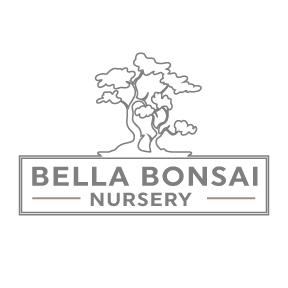How to care for Chinese Elm/Lacebark Elm as bonsai
Ulmus parvifolia, Chinese Elm, is fast growing, tough and durable. They are fully frost hardy. A dormancy period is required so don't bring them inside for the winter. They're not a house plant. If doing well in one site, usually in full sun, leave it there. Too much watering leads to root rot. Plant in the ground for a few years if you need the trunk to thicken up. Then fertilize heavily. Possible dieback may occur from use of systemic pesticides. They're versatile when shaping. Defoliation is terrible horticulture due to the excessive unnecessary stresses to any healthy plant. Excessive infrequent pruning also will devitalize your bonsai. Thin congested areas at top and leave longer internodes on lower branches. The fibrous root system thrives in a cool, moist substrate high in organic matter.
- Ideal superior deciduous tree for bonsai fodder.
- Seiju is compact with small leaves and corky bark. Probably the most valuable Chinese Elm variety for bonsai. Smaller leaves than Catlin but larger leaves and faster growing than Hokkaido. Broadleaf evergreen in deeper south.
- Rather gracefully spreading, vase shaped to spherical. Flat foliage pads or "clouds" are never seen in nature on a deciduous tree.
- Good as winter silhouette.
- Small, lustrous dark green foliage turns to a yellow fall color.
- Very fine textured leaves and twigs. Leaves hold late.
- Inconspicuous greenish red flowers and fruit.
- Sometimes called Lacebark Elm because of the interesting exfoliating, fluted, mottled variable colored bark.
